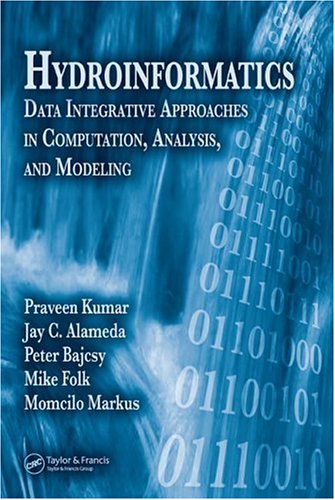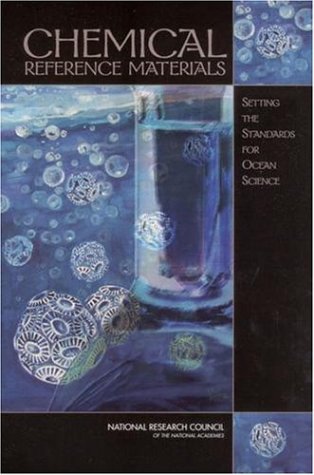Praveen Kumar, Mike Folk, Momcilo Markus, Jay C. Alameda0849328942, 9780849328947, 9781420038002
Modern hydrology is more interdisciplinary than ever. Staggering amounts and varieties of information pour in from GIS and remote sensing systems every day, and this information must be collected, interpreted, and shared efficiently. Hydroinformatics: Data Integrative Approaches in Computation, Analysis, and Modeling introduces the tools, approaches, and system considerations necessary to take full advantage of the abundant hydrological data available today. Linking hydrological science with computer engineering, networking, and database science, this book lays a pedagogical foundation in the concepts underlying developments in hydroinformatics. It begins with an introduction to data representation through Unified Modeling Language (UML), followed by digital libraries, metadata, the basics of data models, and Modelshed, a new hydrological data model. Building on this platform, the book discusses integrating and managing diverse data in large datasets, data communication issues such as XML and Grid computing, the basic principles of data processing and analysis including feature extraction and spatial registration, and modern methods of soft computing such as neural networks and genetic algorithms. Today, hydrological data are increasingly rich, complex, and multidimensional. Providing a thorough compendium of techniques and methodologies, Hydroinformatics: Data Integrative Approaches in Computation, Analysis, and Modeling is the first reference to supply the tools necessary to confront these challenges successfully. |
Table of contents :
Front Cover……Page 1
Dedication……Page 6
Authors and Contributors……Page 8
Preface……Page 14
Acknowledgments……Page 16
Contents……Page 18
1. Data Integrative Studies in Hydroinformatics……Page 20
2. Unified Modeling Language……Page 28
3. Digital Library Technology for Hydrology……Page 40
4. Hydrologic Metadata……Page 58
5. Hydrologic Data Models……Page 80
6. The Modelshed Geodata……Page 100
7. Data Models for Storage and Retrieval……Page 122
8. Data Formats……Page 136
9. HDF5……Page 154
10. Web Services……Page 182
11. Extensible Markup Language……Page 196
12. Grid Computing……Page 236
13. Integrated Data Management System……Page 246
14. Introduction to Data Processing……Page 278
15. Understanding Data Sources……Page 284
16. Data Representation……Page 300
17. Spatial Registration……Page 312
18. Georeferencing……Page 322
19. Data Integration……Page 338
20. Feature Extraction……Page 362
21. Feature Selection and Analysis……Page 374
22. Statistical Data Mining……Page 400
23. Artificial Neural Networks……Page 428
24. Genetic Algorithms……Page 456
25. Fuzzy Logic……Page 474
Appendix 1……Page 498
Appendix 2……Page 514
Appendix 3……Page 530
Appendix 4……Page 534
Appendix 5……Page 538
Appendix 6……Page 540
Index……Page 548 |







Reviews
There are no reviews yet.